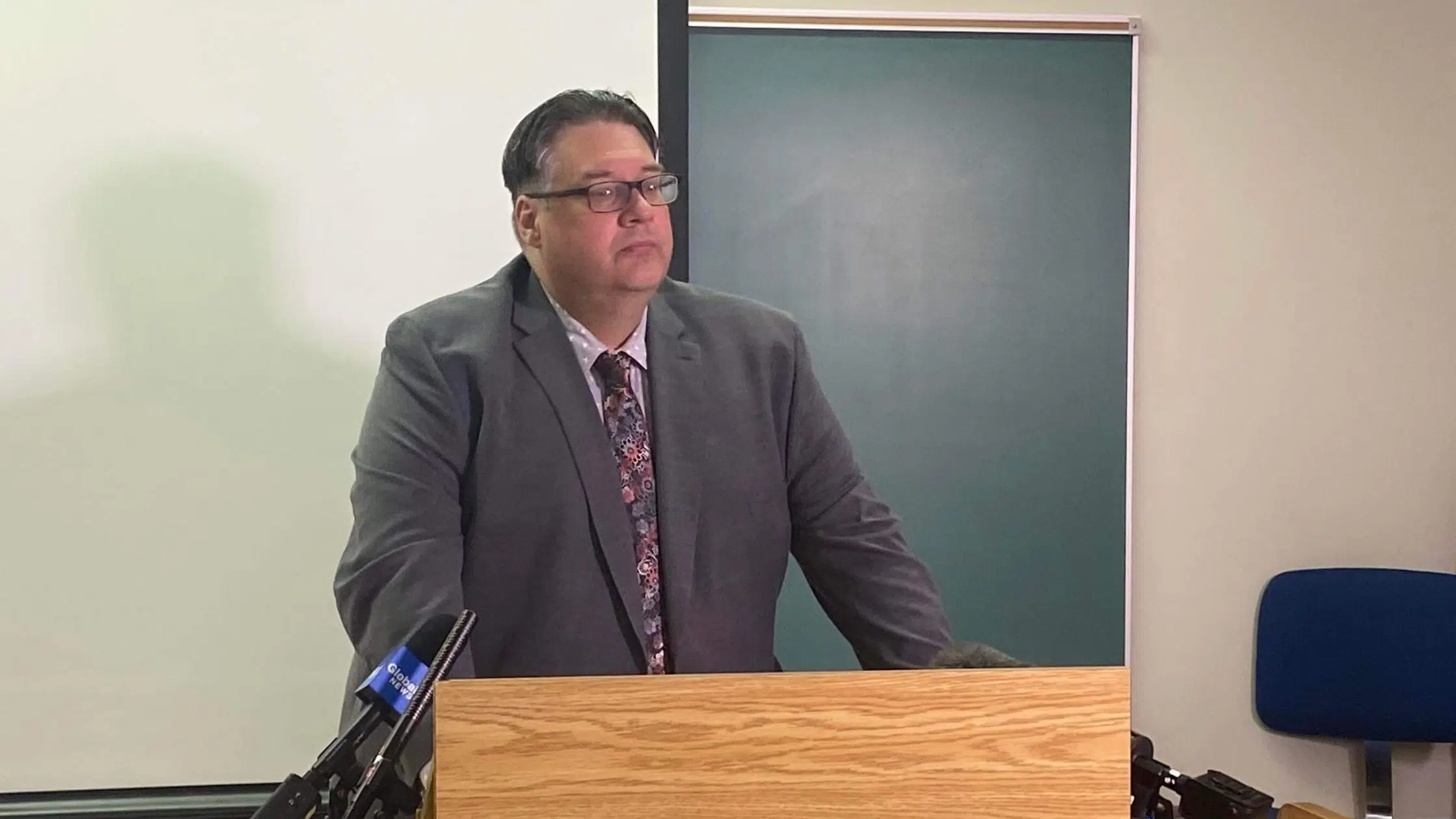With New Brunswick’s Child and Youth Well-Being Act officially signed into law, the province’s child, youth and seniors’ advocate wants to see more robust policies to protect youth in care.
While delivering the annual State of the Child report at L’Université de Moncton on Tuesday afternoon, Kelly Lamrock said more work must happen to protect marginalized populations, such as Indigenous youth, LGBTQ youth and those with disabilities.
He said these groups often face difficulty in their social and academic lives.
“We have reached out to the Department of Education and I look forward to studying whether or not there is a learning gap, and if there is one, that it is remediated quickly for all children with specialized needs,” said Lamrock.
Lamrock said children from these backgrounds also report higher rates of feeling unsafe at school, lower reported rates of feeling a sense of belonging at school and lower rates of participation in extracurricular activities.
He also wants to see more protections in place to prevent youth suicide, noting that suicide rates for Indigenous youth are 15 times higher than that of girls, and male students are four times higher than female students.
“If a young person goes to the emergency room and they walk out saying ‘all they did was ask me to go home and try not to commit suicide,’ we don’t have a navigation problem; we have a resource problem,” said Lamrock, referring to the death of 16-year-old Lexi Daken.
Lamrock said more needs to happen to prevent these deaths, adding that the Office of the Child, Youth and Seniors’ Advocate plans to continue studying testimonies it collected from its two latest reports, Easier to Build and Through Their Eyes.
“This silence has to be addressed and there needs to be the kind of policy dedication that looks at these small variations and tries to find the story behind them,” said Lamrock.
“The numbers are bad enough, but we need to commit to hearing the stories behind them and understanding them … we cannot let this become normal.”
This year’s State of the Child report also calls on the attorney general to consider developing measures to support a child’s rights through court processes.
Lamrock said as he looks at the state of children in New Brunswick, there are signs of hope. He said many public servants, such as teachers and nurses, go to work every day “inspired to make kids’ lives a little better.”
“There’s always have stories of hope, and how we keep the urgency of the very best of us and use it to overcome the drift that can too often happen when kids don’t vote and have a voice, that will measure how we do as a society,” he said.




